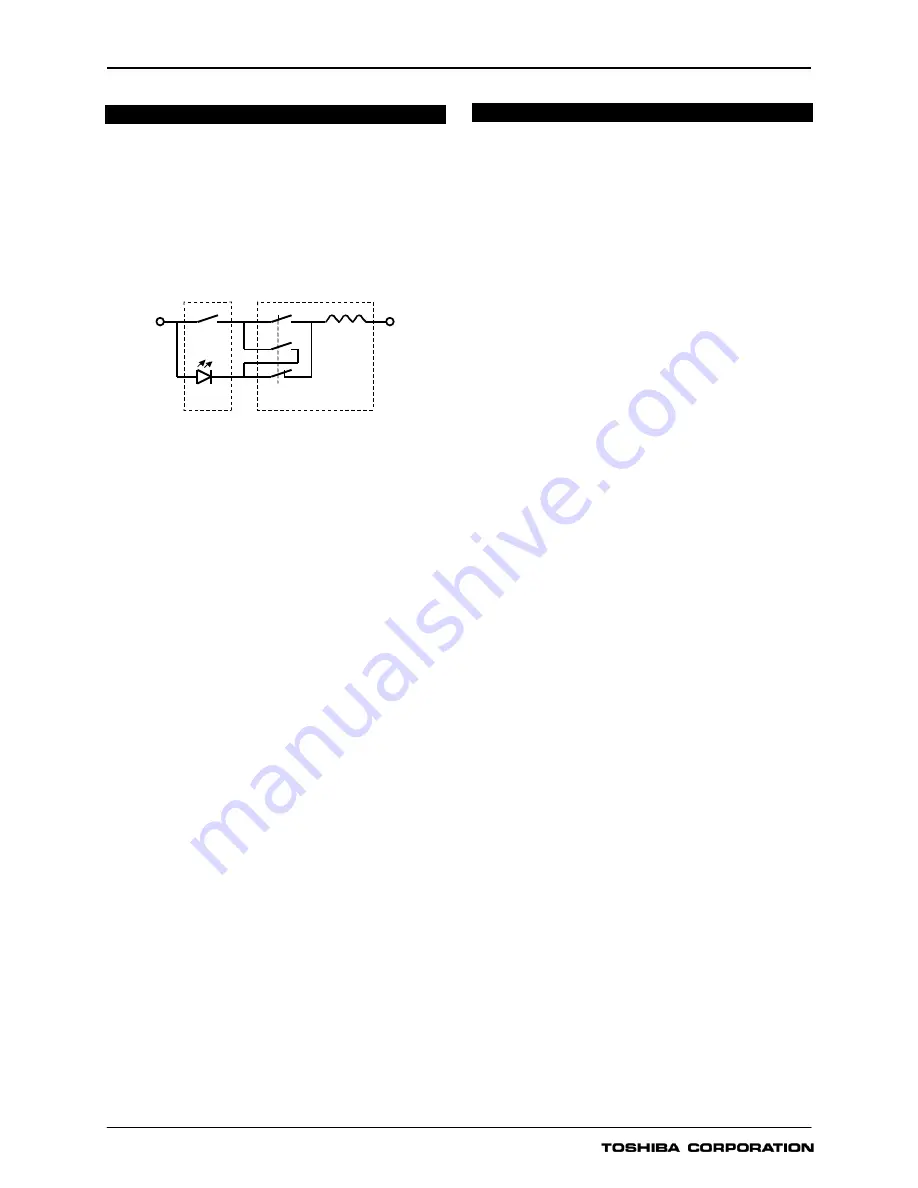
GRD130
4
MONITORING FUNCTIONS
Trip Circuit Supervision
The circuit breaker tripping control circuit can be
monitored by a binary input. Figure 2 shows a typical
scheme. When the trip circuit is complete, a small
current flows through the binary input, the circuit breaker
auxiliary contacts and the trip coil. This current flows
for both the breaker open and closed conditions.
Figure 2 - Trip Circuit Supervision Scheme
If the trip supply is lost or if a connection becomes
open circuit then the binary input resets and a Trip
Circuit Fail alarm is given in the form of an output
contact operation and LCD or LED indication.
Automatic Self-Supervision
Automatic monitoring of internal circuits and software
is provided. In the event of a failure being detected,
the ALARM LED on the relay fascia is illuminated, the
‘RELAY FAILURE’ binary output operates, and the
date and time of the failure is recorded in the event
record.
Circuit Breaker State Monitoring
If two binary inputs are programmed to the functions
‘CB OPEN’ and ‘CB CLOSED’ then the CB State
Monitoring function becomes active. In normal
circumstances these inputs are in opposite states. If
both show the same state then a ‘CB Defective’ alarm
is raised.
Trip Counter Alarm
The trip counter increments the number of tripping
operations performed, and an alarm is issued when
the count exceeds a user-defined setting. The trip
count is triggered each time a trip is issued, and they
can also be triggered by an external device via a
binary input.
METERING AND RECORDING
Metering
The following data is continuously available on the relay
fascia LCD and at a local or remote PC.
Primary and secondary voltages for each input.
Positive and negative phase sequence voltages.
Power frequency.
CB trip count.
CB status.
Relay element output status.
Binary input and output status.
Event Record
Records are stored for the 480 most recent events,
time-tagged to 1ms resolution. The event record is
available on the relay fascia LCD and at a local or
remote PC. Events are recorded as follows:
Tripping operations.
Alarms.
Operation of protection elements.
Change of state of binary inputs / outputs.
Change of relay setting.
Failure detected by automatic supervision.
Fault Record
A relay trip initiates fault recording. Records are stored
for the 8 most recent faults, time-tagged to 1ms
resolution. The fault record is available on the relay
fascia LCD and at a local or remote PC. Fault records
include the following data:
Date and time of trip operation.
Faulted phase.
Protection element responsible for trip.
Measured voltage data.
Disturbance Record
The relay can record 4 analog and 32 binary signals,
initiated by relay tripping. The post-trigger recording time
can be set, and the maximum number of records which
can be stored is dependent on the recording time
chosen.
Date and Time
GRD130 provides a date and time feature for tagging
of records.
GRD110
Circuit Breaker
Binar y
Input
CB Aux.
Contac ts
CB Trip Coil
Trip Output
+ve Trip
Suppl y
-ve Tri p
Suppl y
Summary of Contents for GRD130
Page 1: ......


































